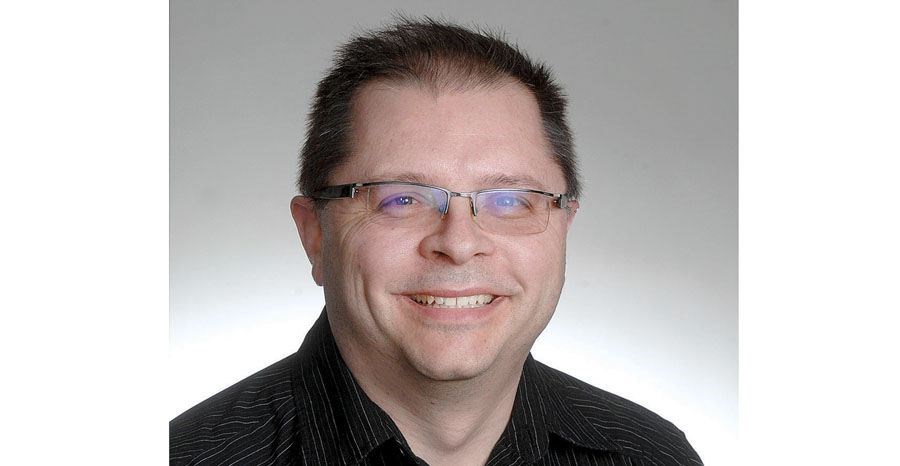Why downgrade a world-class facility, Tom Masich asked last June in a lengthy letter to The Citizen explaining his opposition to the proposed "improvements" to the Prince George stadium that bears his family's name.
He made a powerful case for why an artificial synthetic grass infield will not save maintenance money in the long term, will increase athletic injuries and that the supportive base of crumb rubber, made from ground tires, contains chemicals much worse than what's found in natural grass fertilizers.
It will force the field events during a track meet onto the neighbouring field and away from the grandstands, he added. Removing the berm to the west will not only take away a natural site for overflow seating but also more than 200 trees and the protection they and the size and shape of the berm provide from wind to athletes.
He urged residents to share their concerns to the city's parks department and to mayor and city council.
Last Friday, those concerns went unheard, as the city proudly unveiled its plans for a $4.2-million renovation of Masich Place. The renovation will take an excellent track and field facility and turn it into a football stadium that happens to be enclosed by a 400-metre running track.
It appears the city just couldn't say no to the money, since $3.2 million came from the federal government's federal-municipal gas tax fund. With Northern Development Initiative Trust kicking in $250,000, the city's financial commitment is just $775,000.
The city also couldn't say no to making Masich Place a multi-use facility, allowing not just track and field but also making it a natural home for other field sports and extending the length of the season on both ends with a synthetic surface on the inner field.
On first blush, this is great for Prince George and for the local sports community.
The track surface was long overdue to be replaced.
The interior field needed some love. Lots of people got on board in support. Even the track club loved the idea of finally getting the oval resurfaced but it supported this change with mixed feelings.
Masich was right.
A new track is great but it doesn't outweigh the bad news of putting track events and field events on two separate fields, which doesn't work for coaches, athletes or event organizers, not to mention changing the viability of the venue to host some of the great events it has over the last quarter of a century.
Sure, it'll be great for football, field hockey, soccer and rugby, and it'll allow competition earlier in the spring and later in the fall, but it disregards the original purpose of the facility.
Take a look at this situation from two different angles.
Imagine if the renovation to Kin 1 had made the arena perfect for speed skating, sledge hockey and figure skating but had made it worse for hockey.
Or imagine if the city decided the Rotary soccer fields suddenly were open for football, rugby and field hockey play.
If anything, the soccer associations should be fearful of what's happened at Masich Place because it shows the willingness of municipal government to arbitrarily decide their single-use facilities need to be more inclusive, regardless of the damage that will do to the intent and integrity of the existing venues.
Actually, the city will find out what kind of clout the soccer community has if it goes ahead with plans to ban parking in bike lanes, like the ones along Ospika Boulevard in front of the soccer fields.
Back to the issue at hand.
In his letter, Masich also campaigned for a separate football facility, not on the sand-based soil of Masich Stadium where the turf damage has been extensive but at one of the city high schools as a way of encouraging a high school league.
College Heights would make a great home for such a field, with its berms running along the sides of the field providing natural amphitheatre seating for spectators. The ball fields would have to go but there is no shortage of those elsewhere.
That smart and viable option was rejected.
Last Friday's announcement was presented as a community-building, everybody wins enhancement of a well-used and beloved local facility.
Turns out that's not the case.
--Managing editor Neil Godbout



